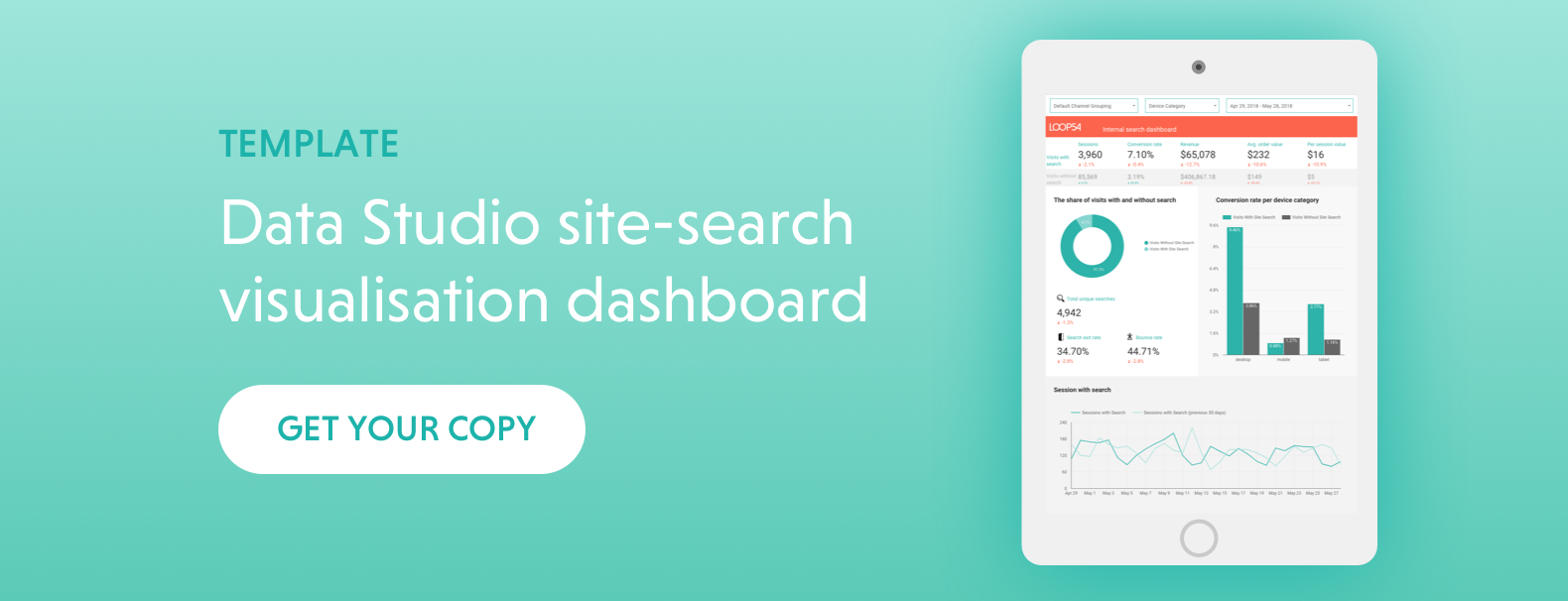Black Friday is fast approaching. Scheduled for 29th November 2019, it will be not only the biggest sales event of the year so far, but the busiest and most profitable for many companies.
According to Adobe Analytics, Black Friday yielded a whopping $6.22 billion (representing year-on-year growth of 23.6%) in 2018. Which, as well as giving us a clear indication of just how partial the general public is to a bargain, demonstrates the importance of Black Friday to eCommerce, retail, and the wider economy.
From the retailers’ perspective, it presents the perfect opportunity to reach out and connect with consumers looking for the best deals and most attractive offers, and precipitate growth within their business.
However, rudimentary mistakes, such as displaying out-of-stock products in your search results, can severely hinder the customer experience. Recent statistics suggest consumers are three times more likely to leave a website if they receive irrelevant results. While a complementary survey from Researchscape found that 71% of respondents switched to a competitor when faced with a poor user experience.
So, how do e-retailers avoid these pitfalls and get the most out of Black Friday? For starters, they can follow the five tips discussed in this article.
Follow these steps to enjoy a profitable Black Friday
1. Anticipate your shoppers
More than any single item, a retailer’s greatest asset is its product line. That being the case, it must be correctly aligned with the wants and needs of your target audience.
To do that, it's imperative you have access to tools that enable you to analyse the search analytics data at your disposal. This enables you to predict exactly what your customers are looking for when they visit your site, whilst also answering other key questions, such as:
- Which are the most and least popular product categories?
- When do you get the most traffic?
- How are customers finding your site? Organic search, social media, referral?
- Are there any search terms that are failing to convert? If so, why?
All this data is crucial to improving customer experience and guiding them through the customer journey, of course. But it also helps decision-makers create offers that resonate with shoppers.
2. Improve ‘findability’
The very nature of Black Friday means shoppers will visit your website in greater numbers than usual. Nevertheless, if they can’t find the products they’re looking for, they’re not going to stick around for very long. This makes it imperative to augment your UI with faceted search and navigation functionality.
For instance, by utilising ‘Black Friday’ as a search filter, visitors are taken straight to the products or offers they’re interested in without having to scroll through endless pages of results. Moreover, if they know they can rely on your site to provide answers to their queries in a fraction of the time of your competitors, they’re more likely to return for future promotions.
3. Highlight key promotions
To reap the rewards Black Friday has to offer, it’s important to highlight discounted products and make it as easy as possible for prospective customers to find them. For eCommerce sites, the simplest way to do this is to incorporate boost and bury rules into the product feed.
This enables you to highlight (boost) discounted products, increasing the likelihood they’ll be found by customers using pre-selected search terms, whilst simultaneously letting you conceal (bury) incompatible or inappropriate search results. This includes any products that are out of stock and anything else that serves only to increase bounce rate and drive shoppers away from your site.
4. Personalise the Black Friday shopping experience
The best shopping experiences, whether online or the high street, are personalised to meet the requirements of the individual customer. That might sound rather labour-intensive within the context of eCommerce, but, thanks to predictive personalisation technology, it’s surprisingly straightforward.
Capable of predicting your customers’ needs in real time, the AI that powers this technology processes information on intent and preferences to show the right product to the customer at the opportune time. Someone who's recently purchased the latest video game console, for example, will be guided towards current releases for that platform.
As well as increasing the odds that visitors will take advantage of your offers and convert from prospects into paying customers, a personalised shopping experience builds trust, improves the user experience, and ultimately helps to increase revenue.
5. Make your website mobile-friendly
During Black Friday 2018, Forbes reported that mobile devices accounted for 67% of all digital traffic — up from 61% the previous year. At first glance, this would seem to suggest that, as with every other aspect of our browsing behaviour, mobile has overtaken desktop as the go-to device for modern shoppers.
However, not everything in the eCommerce garden is quite so rosy. A separate report published in Shopify around the same time revealed that, although people were perusing online product catalogues from their phones, desktop was still king when it came to actually making purchases. Why? Because of poor mobile navigation, counter-intuitive layouts, and sluggish loading speeds.
For these reasons, eCommerce sites need to utilise cutting-edge technological solutions to improve their mobile offering. This includes everything from autocomplete and related results, to the faceted site search functionality mentioned earlier.
Create a frictionless shopping experience with advanced site-search and navigation
Conversions and sales depend on the speed and simplicity of the customer journey — from the initial search, all the way through to purchase. The best way to boost sales during Black Friday is to provide a great customer experience backed by high-tech, AI-driven site search.
For more advice on how to improve site search and create a frictionless shopping experience, download our user experience guide.



